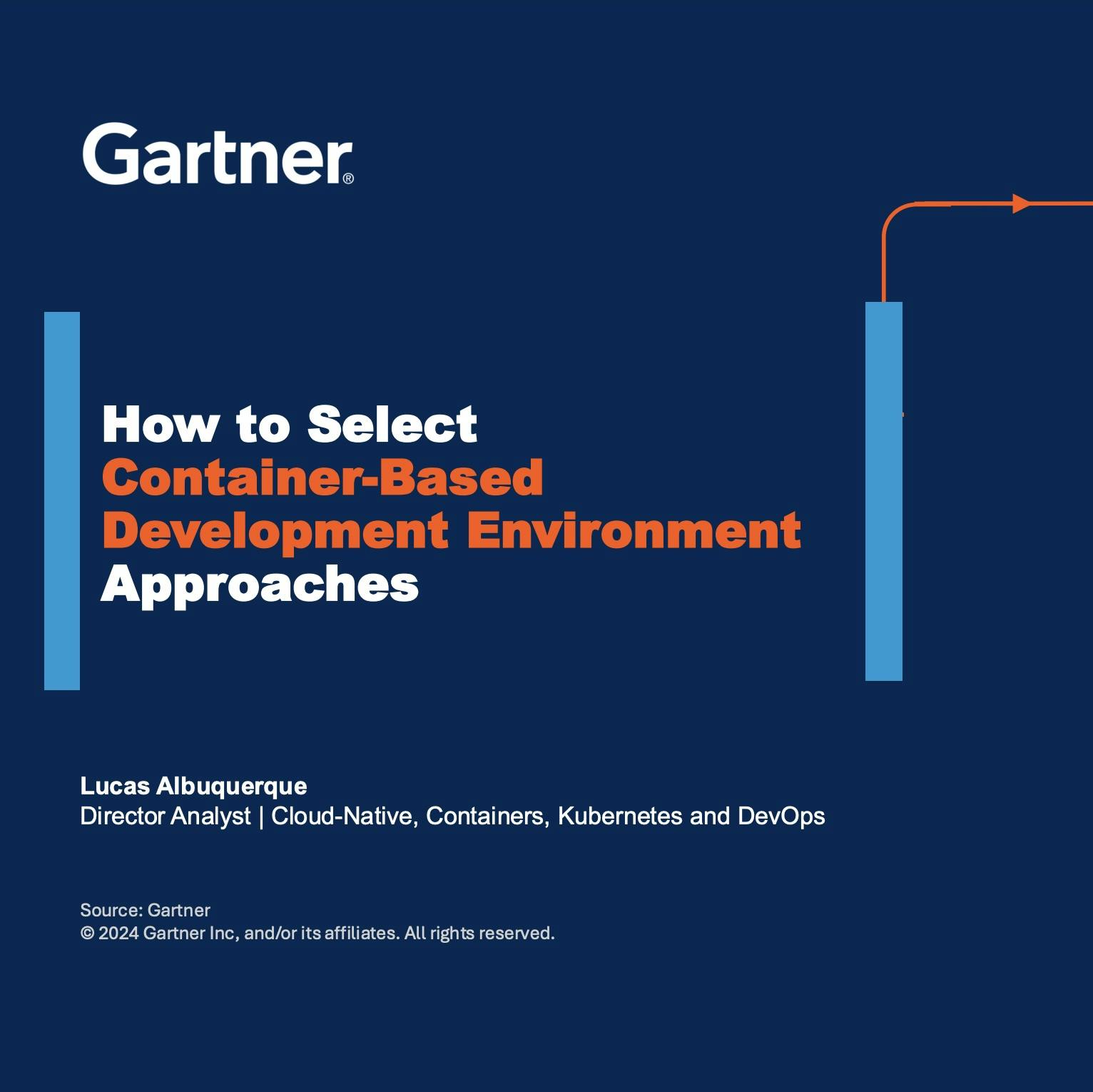Container technologies have revolutionized how applications are developed, tested, and deployed. As containers continue to be widely used in production environments, developers depend on them more and more to create consistent and reproducible development environments.
This article explores three primary approaches to container-based development environments: local, remote, and hybrid.
Local Container-Based Development Environments
The local approach is the most traditional and widely adopted method for container-based development. In this setup, developers run containers directly on their workstations, leveraging tools like Docker Desktop, Podman, Colima, Orbstack, or Rancher Desktop.
Advantages:
Full control and customization of the development environment
No reliance on external infrastructure or internet connectivity
Immediate feedback and fast iteration cycles
Familiar workflow for many developers
Challenges:
Resource constraints on local machines, especially for resource-intensive applications
Potential inconsistencies between developer environments
Limited collaboration capabilities
Difficulty in replicating production-like environments for complex systems
Remote Container-Based Development Environments
Remote or cloud development environments (CDEs) offload the entire development workflow to remote infrastructure. Developers access these environments through web browsers or thin clients, with all code execution and container management happening on remote servers.
Advantages:
Consistent, standardized environments across the development team
Access to powerful computing resources and specialized hardware
Easier collaboration and pair programming
Simplified onboarding for new team members
Better alignment with production environments
Challenges:
Dependence on internet connectivity and potential latency issues
Less flexibility for developers to customize their environments
Potential security and compliance concerns with code stored remotely
Possible increased costs for infrastructure and management
Hybrid Container-Based Development Environments
The hybrid approach combines the best aspects of local and remote development environments. In this model, developers typically use local IDEs and tools but offload certain resource-intensive tasks, like building and testing, to remote infrastructure.
Advantages:
Flexibility to work locally or remotely as needed
Reduced resource pressure on local machines
Ability to leverage cloud resources for intensive tasks
Improved collaboration capabilities while maintaining local control
Challenges:
Increased complexity in setup and management
Potential synchronization issues between local and remote environments
Need for robust tooling to manage the hybrid workflow seamlessly
Possible learning curve for developers to understand the hybrid model
Choosing the Right Approach
Selecting the most suitable container-based development environment approach depends on various factors, including:
Team size and distribution
Project complexity and resource requirements
Security and compliance needs
Budget constraints
Existing infrastructure and tooling
Developer preferences and skill levels
The local approach might be sufficient for small teams or individual developers working on relatively simple projects. Larger organizations with distributed teams and complex applications may benefit more from remote or hybrid approaches.
| Feature | Local | Remote | Hybrid |
|---|---|---|---|
| Infrastructure | Developer's machine | Cloud/servers | Mix of both |
| Resource Availability | Limited | Scalable | Flexible |
| Internet Dependency | Low | High | Medium |
| Customization | High | Low | High |
| Team Consistency | Low | High | High |
| Collaboration Ease | Low | High | High |
| Onboarding Speed | Slow | Fast | Fast |
| Cost | Upfront hardware | Ongoing cloud | Balanced |
| Offline Work | Easy | Difficult | Easy |
| Cloud Integration | Challenging | Default | Seamless |
| Learning Curve | Low | Medium | Medium |
It's also worth noting that these approaches are not mutually exclusive. Many organizations adopt a mix of strategies, allowing different teams or projects to use the most appropriate method for their specific needs.
Gartner has recently introduced a framework to guide application technical professionals in the informed selection and adoption process of container-based development environments, matching common use cases with appropriate approaches.

Conclusion
Container-based development environments have greatly enhanced developer productivity and code consistency. Whether choosing a local, remote, or hybrid approach, selecting a solution that balances developer experience, team collaboration, and organizational requirements is crucial.
Experience Daytona Today
Our experts are eager to demonstrate the impact Daytona can have on your team's developer velocity.
Daytona stands out by offering unparalleled flexibility in implementing container-based development environments. Its platform seamlessly accommodates local, remote, and hybrid approaches, allowing teams to choose the most suitable model for their needs.
Daytona integrates with existing tools for local development, provides secure cloud-based environments for remote work, and enables intelligent orchestration for hybrid setups. This versatility allows organizations to adopt different approaches across various projects and teams within a unified, manageable framework.
As container technologies and development tools evolve, we anticipate the emergence of even more innovative approaches, further streamlining the software development lifecycle and empowering developers to create better software more efficiently.








